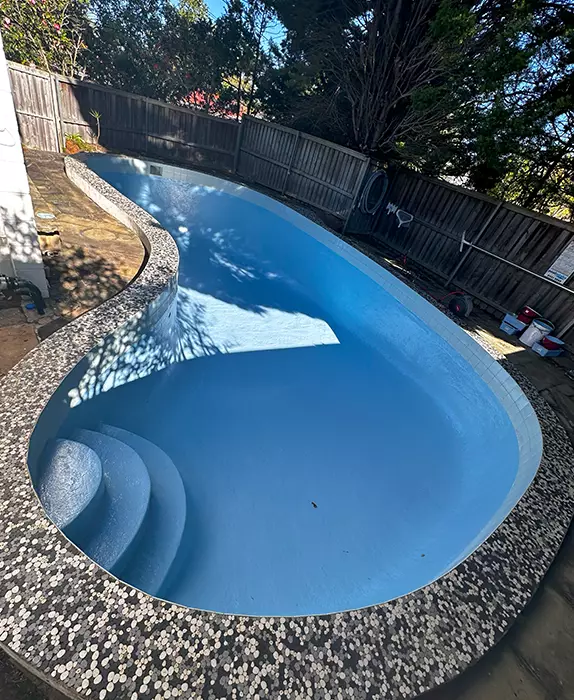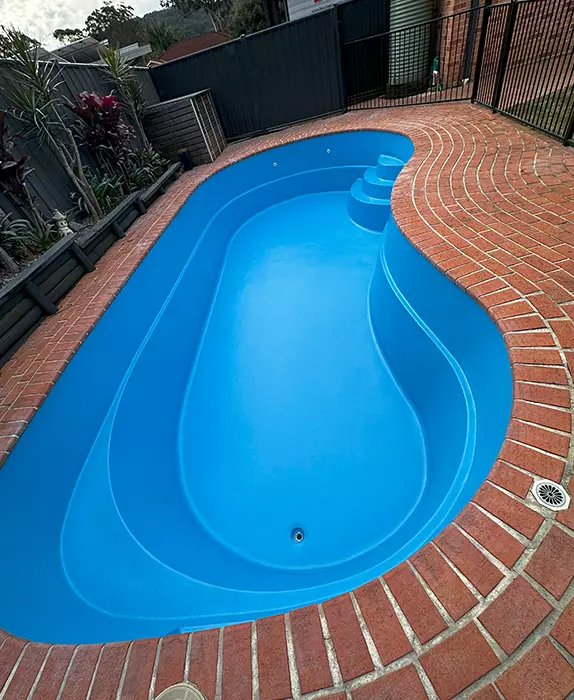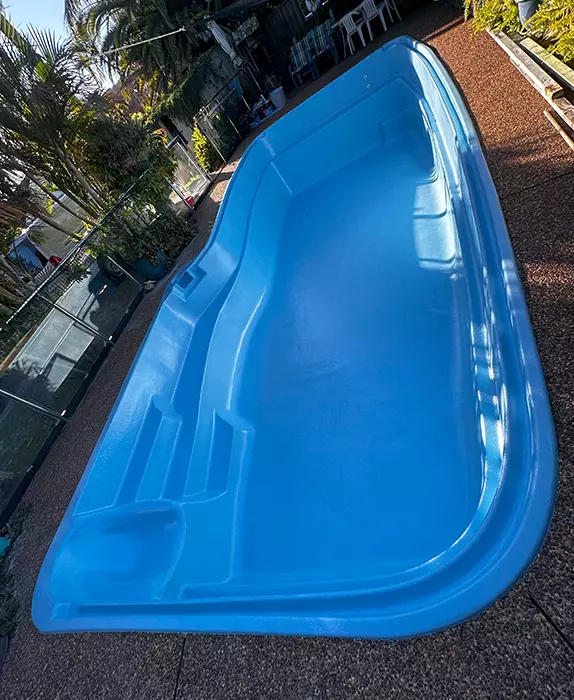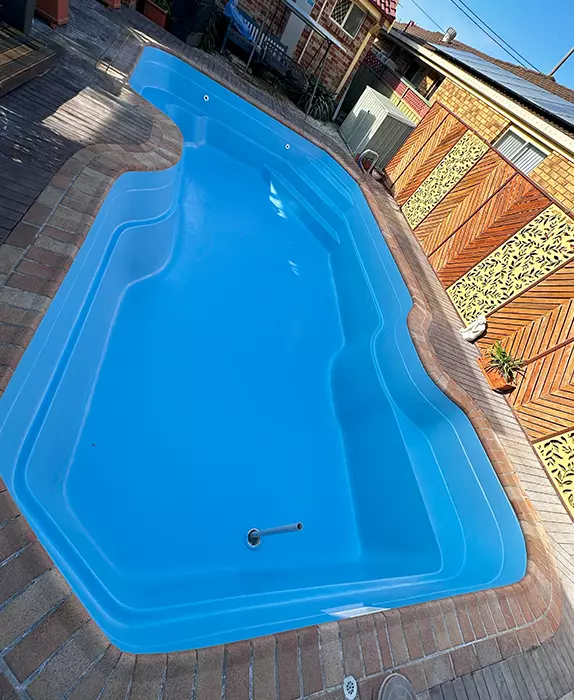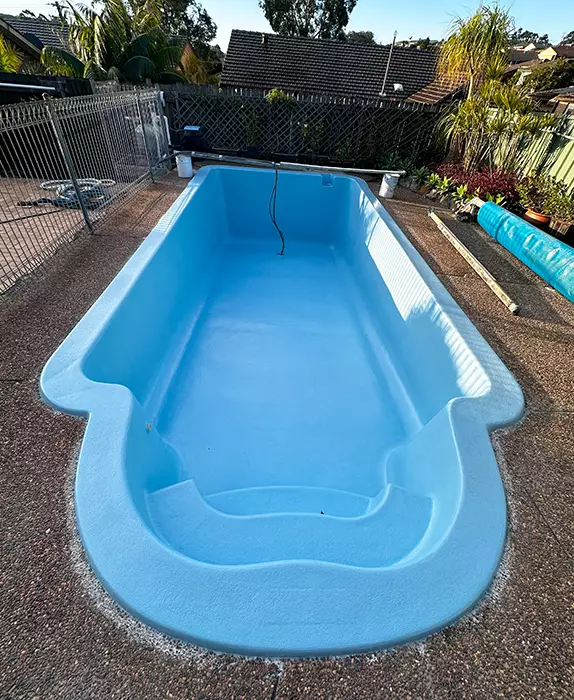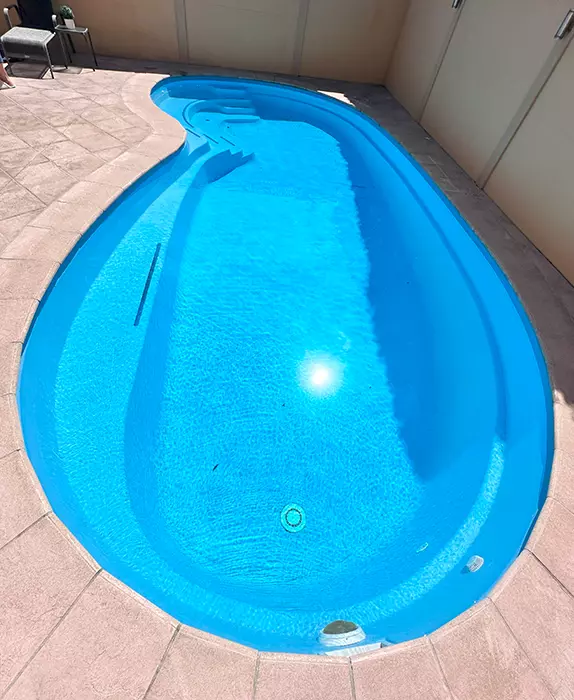Our Story
At Jump Pools, we are passionate about transforming swimming pools into stunning, rejuvenated spaces.
Our journey began with a simple mission: to provide top-quality pool resurfacing services that exceed our customers’ expectations.
Jump Pools has grown from a small, local business into a trusted name in the pool resurfacing industry. Our commitment to excellence and high-quality services has been the driving force behind our success. Since our inception, we have consistently delivered outstanding results, turning worn-out pools into vibrant, beautiful oases.
Our mission is to breathe new life into every pool we touch, enhancing the beauty and functionality of your outdoor space. We specialize in fiberglass, pebblecrete, and concrete pool resurfacing, using the highest quality materials to ensure your pool remains a stunning focal point for years to come.
At Jump Pools, we offer a comprehensive range of pool resurfacing services to meet your needs. Whether you’re looking to refresh the look of your pool or address specific issues, our expert team is here to deliver exceptional results.
Explore our services below:
Contact Us: Ready to renovate your pool? Get in touch with us today to schedule a consultation and learn more about how our services can transform your swimming pool.
